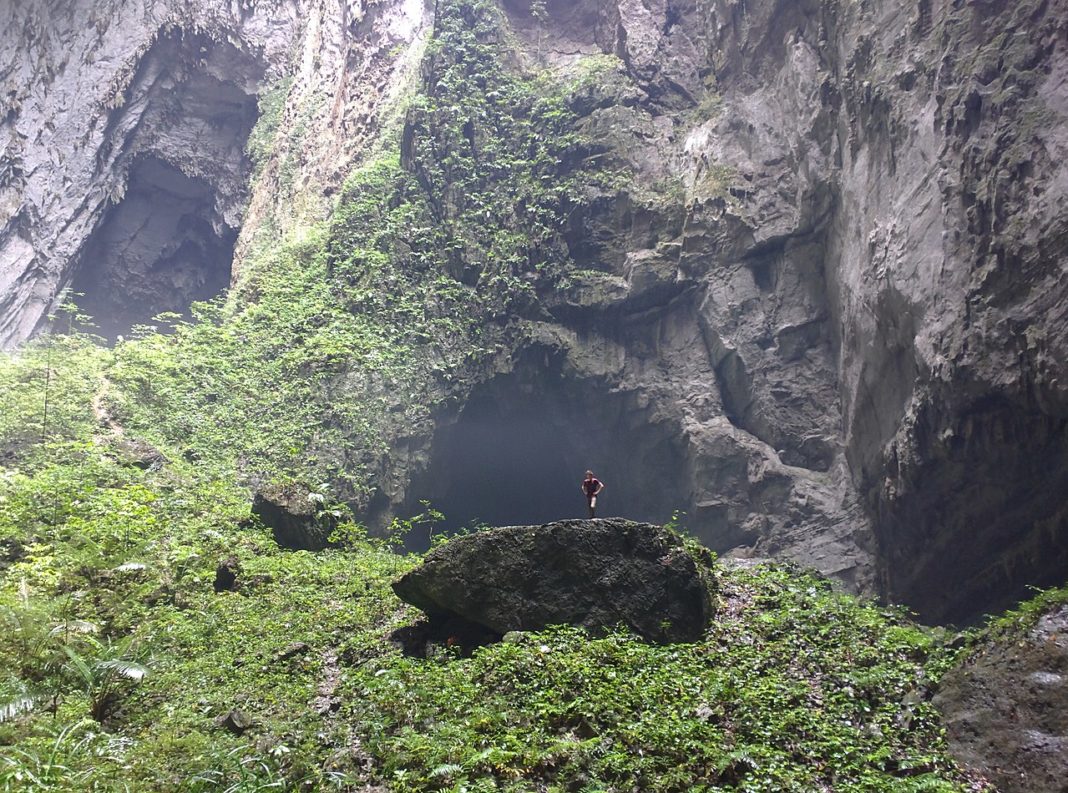Vietnam is a Southeast Asian country full of natural wonders – from some of the most picturesque beaches in the world to the largest cave in the world. Phong Nha-Ke Bang has been UNESCO World Heritage inscribed since 2003 and offers breathtaking natural beauty. It is a rare national park that is visually stunning on both the surface and underground.
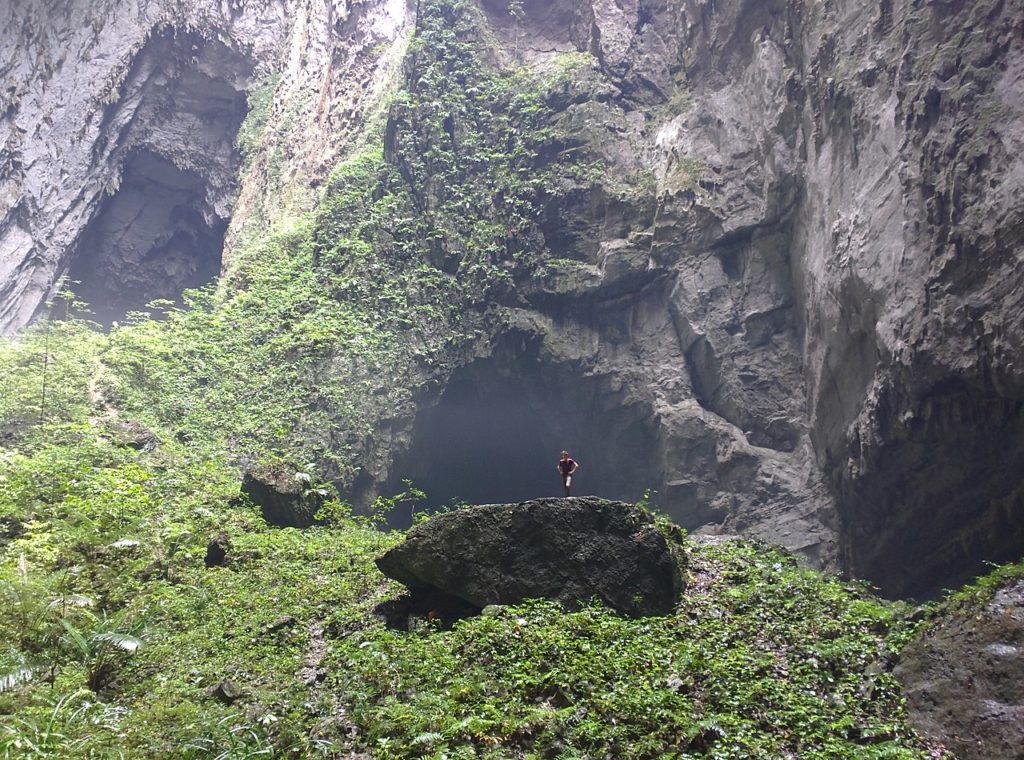
The park was created to protect one of the world’s two largest karst regions with 300 caves and grottoes and also protects the ecosystem of limestone forest of the Annamite Range region in the North Central Coast of Vietnam.
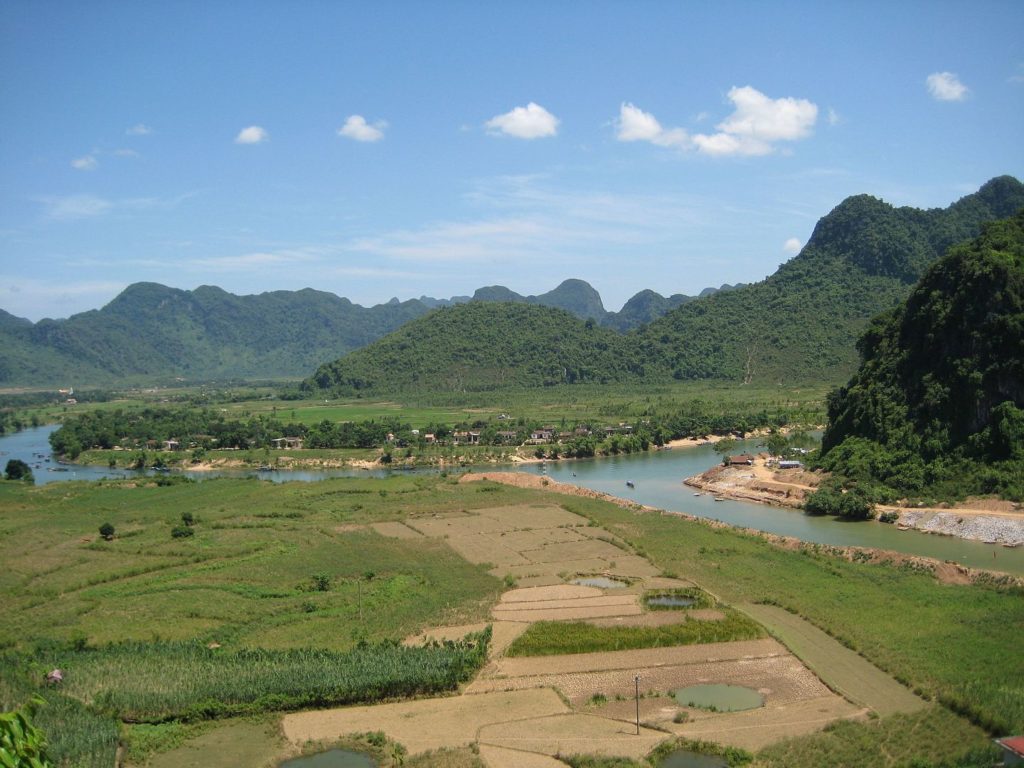
The Phong Nha–Ke Bang karst has evolved since the Paleozoic (some 400 million years ago), making it the oldest major karst area in Asia. It has been subject to massive tectonic changes and comprises a multitude of rock types that are interbedded in complex ways. As many as seven different major levels of karst development have occurred as a result of tectonic uplift and changing sea levels, thus the karst landscape of PNKB is extremely complex with high geodiversity and many geomorphic features of considerable significance.
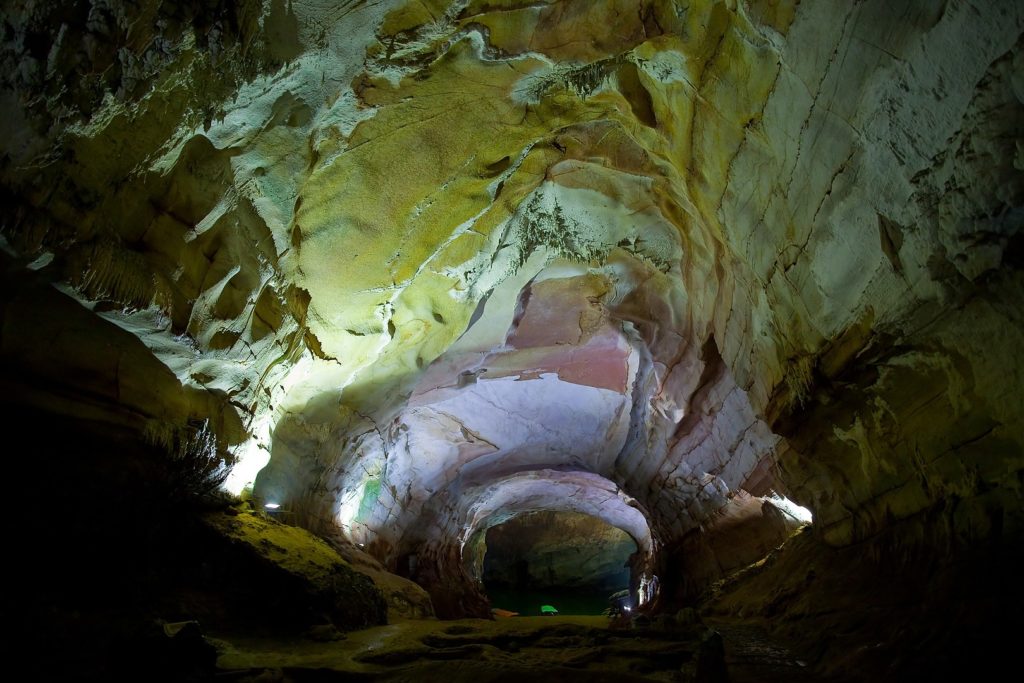
Phong Nha-Ke Bang is noted for its cave and grotto systems as it is composed of 300 caves and grottos. A 2009 survey brought the total discovered length of the cave system to about 126 km, with many areas still not well explored. Son Doong Cave, which was re-discovered in a 2009 survey by British and Vietnamese explorers, is considered the largest cave in the world. Even before this discovery, Phong Nha held several world cave records, including the longest river as well as the largest combined caverns and passageways.
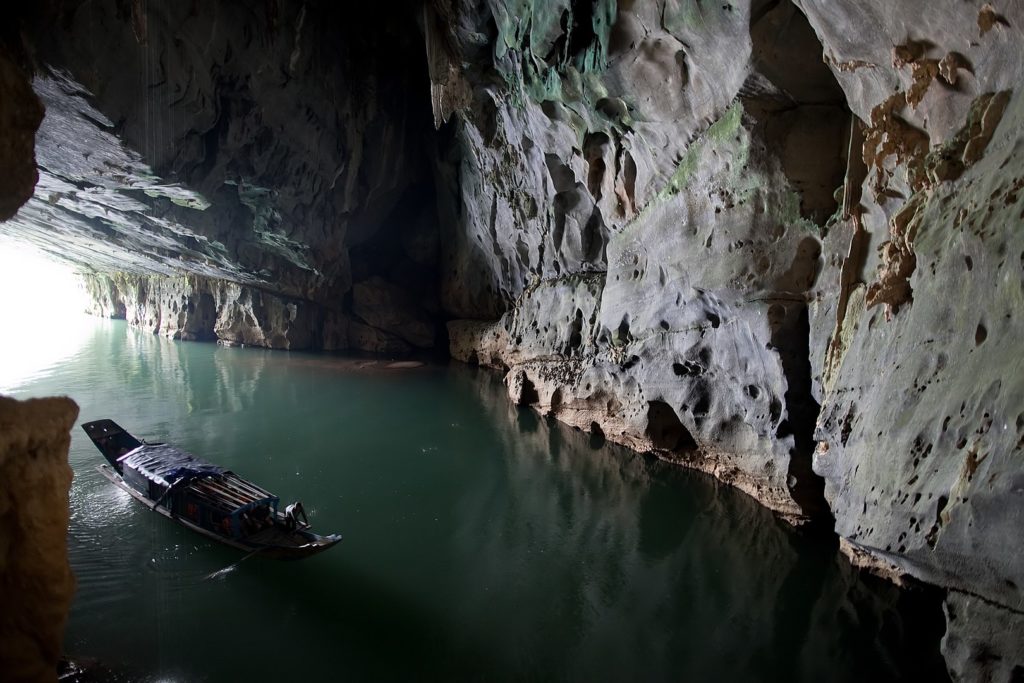
The Son Doong Cave is so large that its cross-section is thought to be around twice the size of the world’s next largest passage. It is also thought to be the largest cave in the world by volume.
While the park is known to have some 300 caves and grottos, there could be a lot more. It is believed that around 70% of the jungle here remains unexplored.
Phong Nha-Ke Bang contains two dozen of mountain peaks with over 1,000 meters in height. Noteworthy peaks are the Peak Co Rilata with a height of 1,128 m and the Peak Co Preu with a height of 1,213 m. Mounts in the karstic area of the park rise at a typical height of above 800 m and constitute a continuous range along the Laotian-Vietnamese borderline.
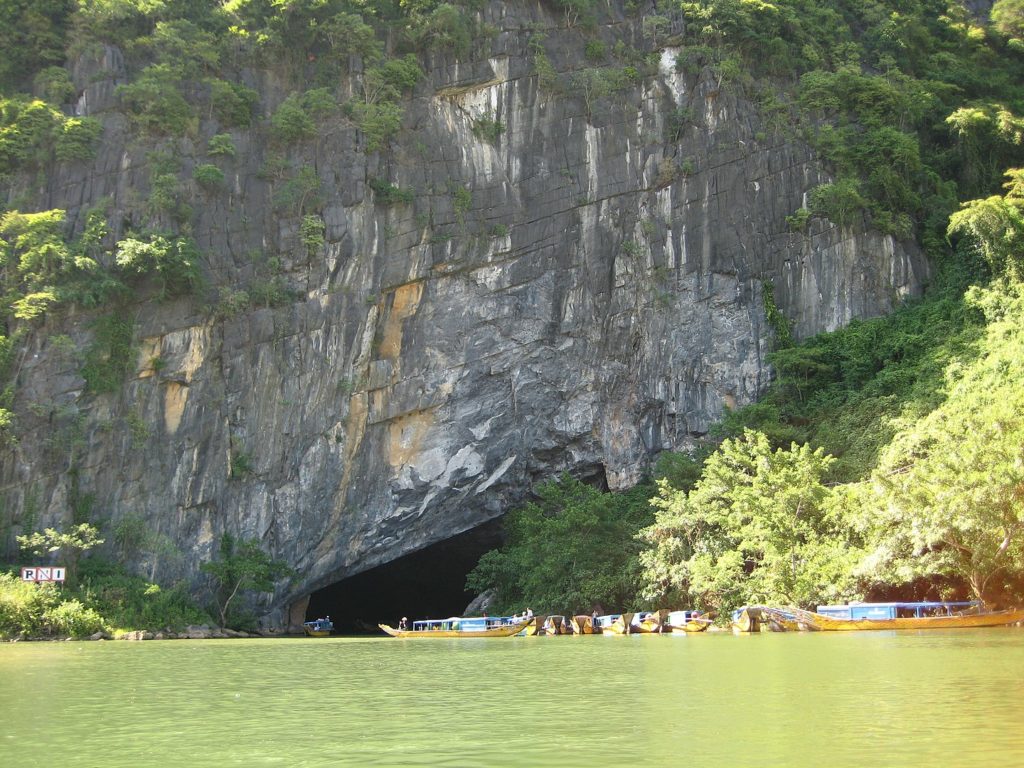
One other great aspect of Phong Nha cave is more fossils can be found wrapped around the side of the large limestone wall. The fossils are marine organisms such as fish, sea snails, crabs, and many other species. In fact the entire surface of Phong Nha – Ke Bang National Park is filled with fossils that can be seen in the light of day after hundreds of millions of years.
So, after hundreds of millions of years of natural movement, Phong Nha cave is still full of mysteries waiting for you to discover. And the most typical cave aesthetic value, the uniqueness in Heritage Phong Nha – Ke Bang.
According to Wikipedia/ thetravel





